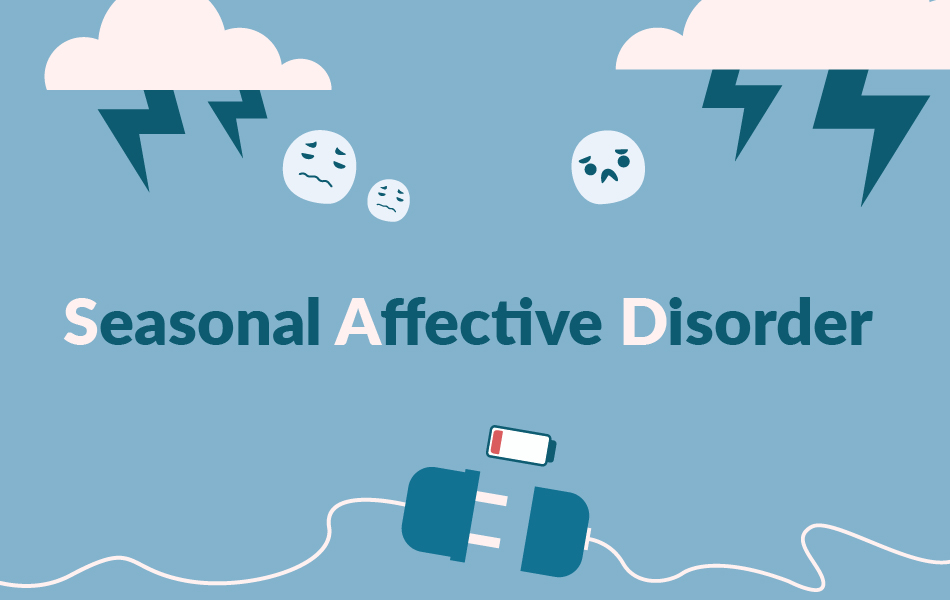There are no products in your cart
Categories
TOP
TOP
- 1. COVID -19 SEJOY rapid antigen test for nasal passages
- 2. Rapid test for COVID-19 antigens
- 3. AteroLip complex N90. Better price!
- 4. 3 PCS of AteroLip complex N90 better price!
- 5. BASICA SPORT, 660 g
- 6. 4 PCS of AteroLip complex N90 better price!
- 7. A+E vitamins Nourishing Ointment 60g BIG PACK
- 8. Sale! 3 PCS of FORCAPIL, effective nutritional supplement for ...
- 9. Orthomol Immun (30 daily doses)
- 10. Orthomol Arthro plus (30 daily doses)
Now Online
Now Online
We have 771 guests and 1 member online
Health
Living and coping with endometriosis

Endometriosis is a chronic, inflammatory gynecological disease affecting about 10% of women of reproductive age worldwide, approximately 190 million women. Endometriosis is characterized by the growth and presence of endometrium-like tissue, typically found inside the uterus, outside the uterus. These tissues are most commonly located in the abdominal cavity and can exist in three main forms.
Seasonal Depression: The Effects of Sunlight on Our Health

Seasonal depression syndrome (SDS) is a specific form of depression that occurs at certain times of the year, usually in the fall and winter. It is a mental health disorder characterized by recurrent episodes of depression at appropriate times of the year. Seasonal depression syndrome is thought to be related to a lack of daylight, which can affect the levels of certain brain chemicals, such as melatonin, which regulates sleep, and serotonin, which affects mood.
Erythrocytes in urine: what should you know?

Erythrocytes, also known as red blood cells, are the most important blood cells that make up the majority of all blood cells. They are responsible for transporting oxygen from the lungs to all body tissues and transporting carbon dioxide back to the lungs. Erythrocytes are anucleated and have a red color due to hemoglobin, which is a protein capable of binding to oxygen molecules. They are formed in the bone marrow and live for about 120 days, after which they are destroyed and replaced by new erythrocytes.
The coronavirus and how it has changed our world: what should we know?

The coronavirus is a large family of viruses that includes many different viruses that can cause disease in both humans and animals. In the human body, these viruses can cause a variety of respiratory illnesses, from mild, similar to the common cold, to severe infections such as Middle East Respiratory Syndrome (MERS) or Severe Acute Respiratory Syndrome (SARS).
Anaphylactic shock: how to recognize and what to do?

Anaphylactic shock is the strongest and usually life-threatening reaction of the immune system resulting from contact with a specific allergen to which the body has already been sensitized. This reaction takes place thanks to the activation of mast cells and basophils, which, when confronted with an allergen, begin to massively release various substances, including histamine.
More Articles...
Page 11 of 44






